Arsenal of Democracy: Hidden Treasures
“Never let the truth get in the way of a good story.”
― Mark Twain
If you read it on the internet, it must be true, right?
In Parts 1 through 3 of this series, we’ve learned that America’s Industrial Age might have begun factoring in to global conflicts and the fight for freedom well before the term “Arsenal of Democracy” became synonymous with World War II. Mostly, we’ve gone in chronological order. We started with some background on John and Horace Dodge, their role in Henry Ford’s success in the early 20th century, and their decision to create their own motor car company in 1914. Moved on to why and how, in 1916, three Dodge touring cars wound up as the first-ever mechanized attack vehicles put to use by the United States military. And lastly, what led to John and Horace building cannons for the Allied Forces in 1917.
Now, I’d like to recall the tale that intrigued me enough to jump down the rabbit hole that led to this series. In what amounts to a contemporary form of the “telephone game”, did one missed detail cause books and blogs to misrepresent an event that radically changed the course of the American Defense industry?
Let’s fast forward two decades to 1940.
The story first caught my eye on a Mopar® history blog and went like this: “In a somewhat more pedestrian footnote to history, early in World War II, a Lynch Road Plant manager discovered a cache of 155mm recoil mechanisms for big guns used in World War I. Since that war had ended, workers had kept the machinery protected from the weather, and regularly tested it; when the manager discovered it, the equipment was shipped to England for coastal defense.”
Whoa!
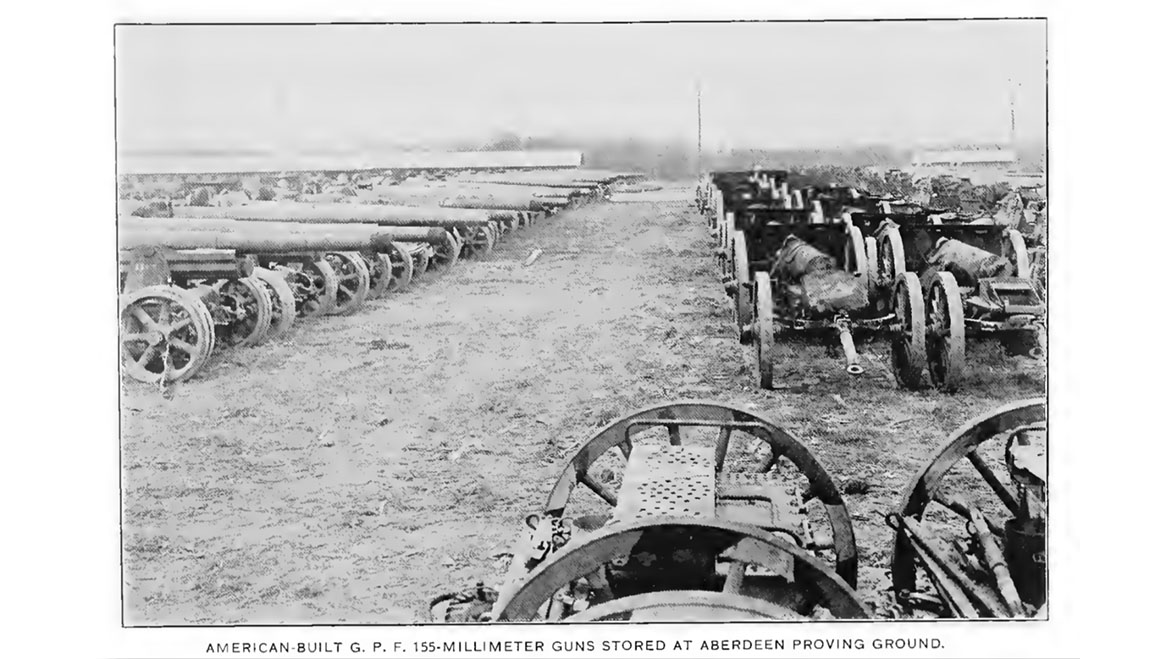
So this manager dude is meandering around the Lynch Road factory and unexpectedly finds a stockpile of cannons? And they were all in working order because factory employees kept the mechanisms oiled and ready in case they were called to duty. Which they then were! What?! This was some mind-scrambling information. First of all, up until now, I had no idea Dodge had any official involvement with the military pre-WWII. Secondly, they built cannons??? Finally, I’m always fascinated by the ghosts hidden in Detroit’s treasure trove of old buildings, of the secrets held across the city that’s been the manufacturing mecca of the world before, during and since the Industrial Age. Working at Chrysler in the trades, I’d always hear stories from the guys who spent time in older factories where, even to this day, they’d unearth random artifacts from the early days. To read about howitzers hidden in a corner of what became – among other things – Detroit Axle, was something I needed to know more about!
So I tugged on the string.
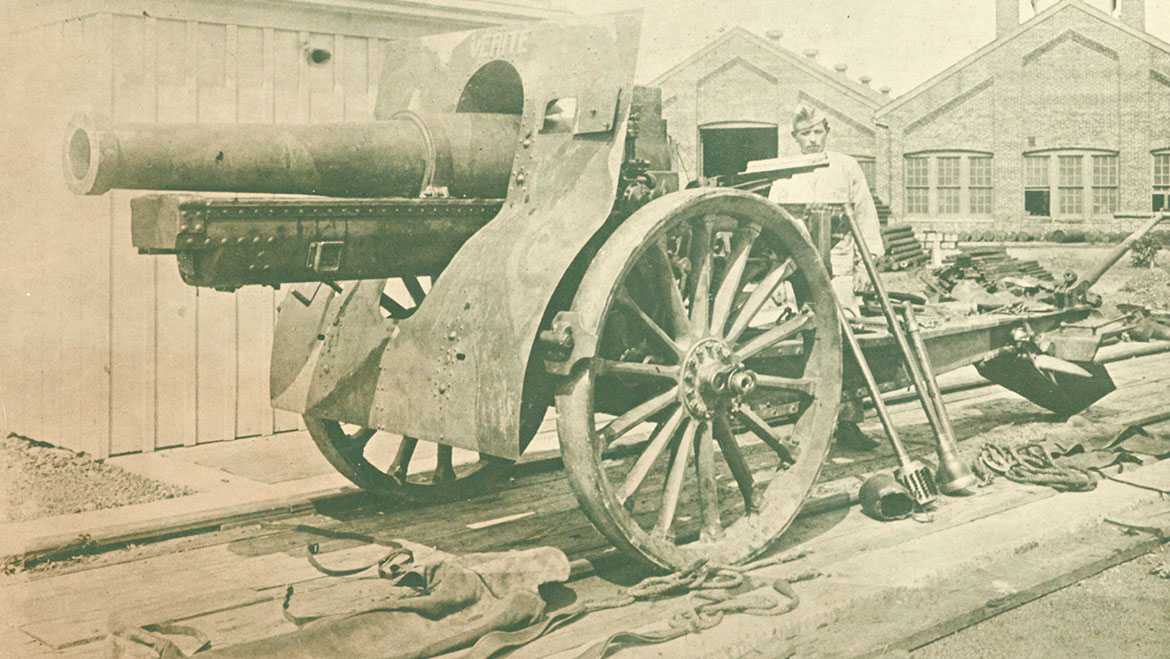
The man taking this fateful walk was Fred J. Lamborn. He’d risen from being the Dodge Brothers’ most trusted machinist in the early 1900s to VP of Dodge by WWII. In fact, Fred played a huge role when, over 20 years prior, he helped John and Horace take on the largest and most complicated mass production job in the United States to date: from 1918 to 1919, they built the recoil mechanisms for over 2,400 155mm guns, right there in Detroit. In fact, as we talked about in Part 3, Lynch Road was originally designed and built to manufacture those mechanisms.
So why would he be surprised to find a stockpile of the cannons, whose production he oversaw, in the factory where he helped build them? Because, well… it didn’t happen. Not like that.
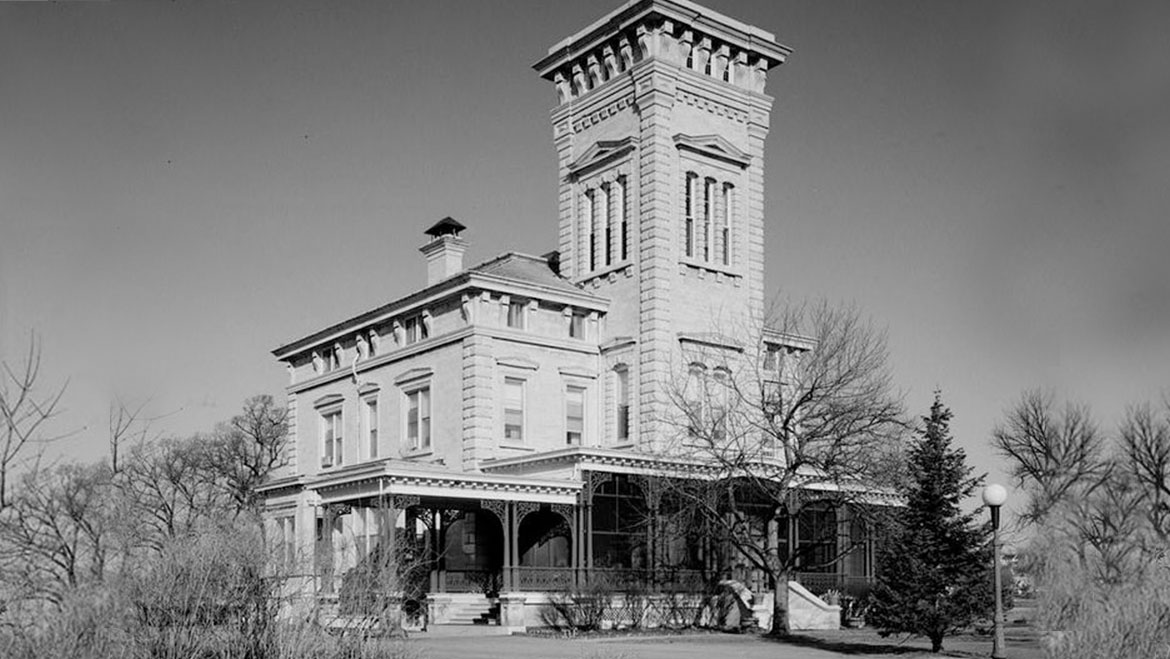
The story stopped making sense to me when I came across evidence stating that after WWII ended, the U.S. government removed all the machines and the unshipped mechanisms from Lynch Road and sent them to the Rock Island Arsenal before selling the plant to the Dodge Brothers for civilian use. Dodge estimated that the government spent more money on crating and shipping the equipment than they ended up buying the property for (this will be an important observation).
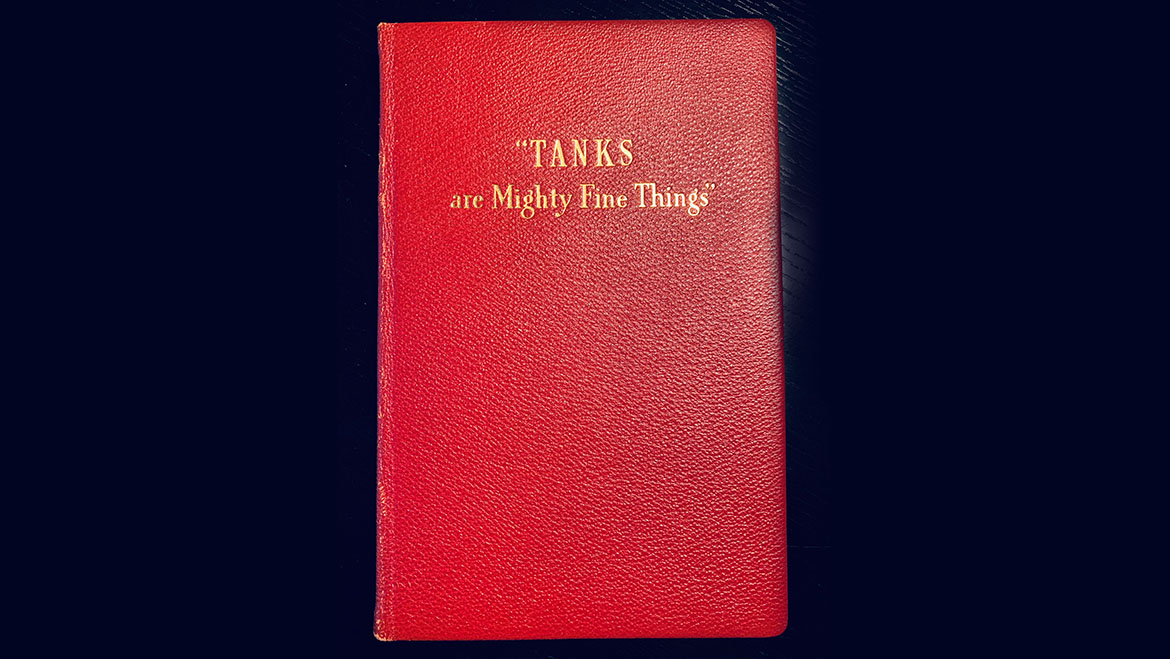
Then, while I was going back over Chrysler historian Wesley Stout’s “TANKS are a Mighty Fine Thing”, there was this passage:
“On that June, 1940, trip to Rock Island to see a (prototype) tank, Fred Lamborn had noted there a large pile of the 155-mm recold mechanisms which he had helped to make at Lynch Road in 1917-18. For 22 years these big gun parts had been stacked there like cord wood, laid down in heavy grease. Through all these years a detail of men had “exercised” the mechanisms methodically, starting at one end of the stack and working through it, then doing it again.”
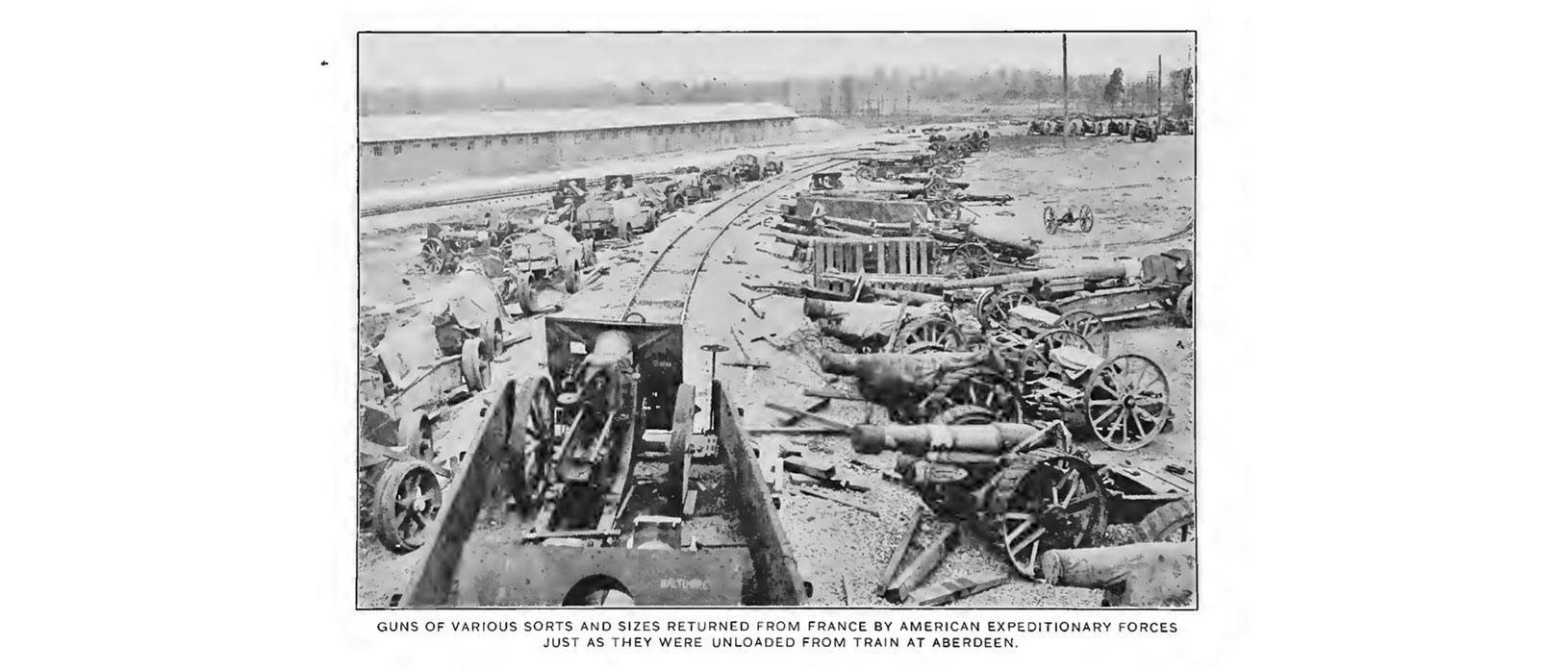
I think it’s easy to see where the mistake was made: When Stout writes “had been stacked there”, it was directly after a reference to Lynch Road. A quick reading might have missed that “there” actually meant Rock Island.
In Charles K. Hyde’s subsequent book “The Dodge Brothers: The Men, the Motor Cars, and the Legacy”, he refers to the same story and stays in line with the Stout recollection. Again, a fast glance at Hyde’s wording and the location could get jumbled.
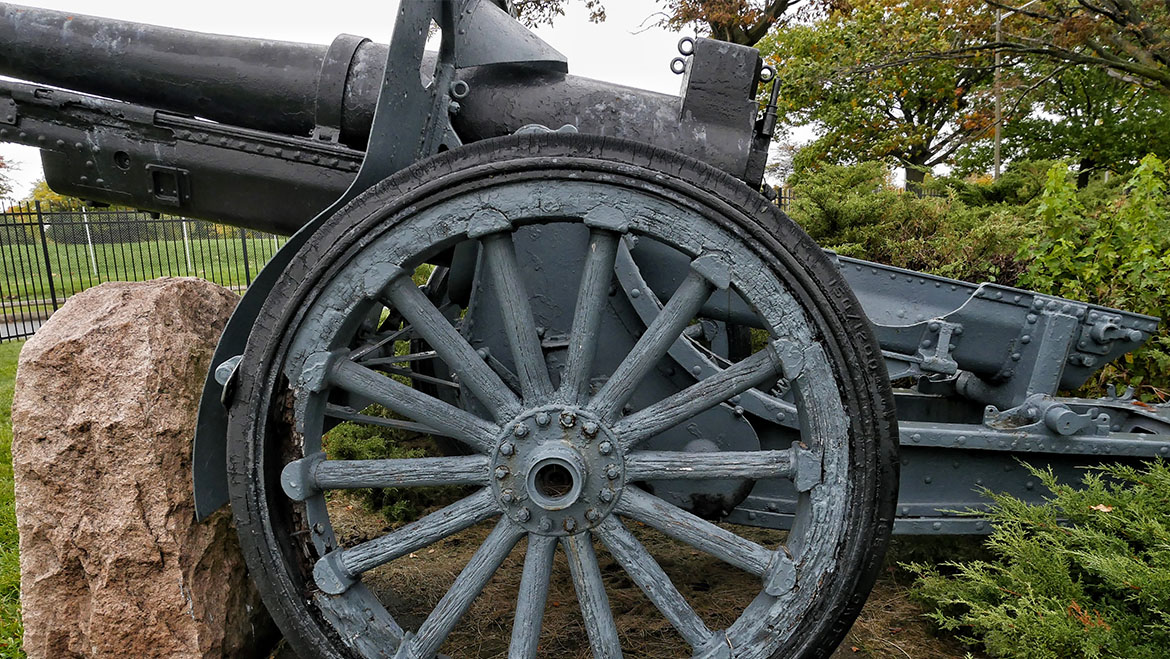
It’s also true that after Lamborn came across the mechanisms at Rock Island, they were sent to England for coast defense. The significance of the real story is the huge impact it had on the United States War Department going forward. Stout recounted how, after discussing the trip with Mr. Lamborn, then Chrysler President K.T. Keller supposedly came up with the idea for what became the Tank Arsenal in Detroit.
This experience suggested an idea which Mr. Keller carried to Washington. “Why don’t you have a tank arsenal?” he proposed to General Wesson. “With the increasing role of tanks in war, you are going to need a place where you can design, build, test and repair tanks. A good place for this piece of permanent apparatus would be in Detroit alongside such a pool of labor as we have at Chrysler. Have the arsenal set up and ready to run. When you want tanks, we move in and make tanks for you; when you no longer want tanks, we move back and, pray God, make auto-mobiles.”
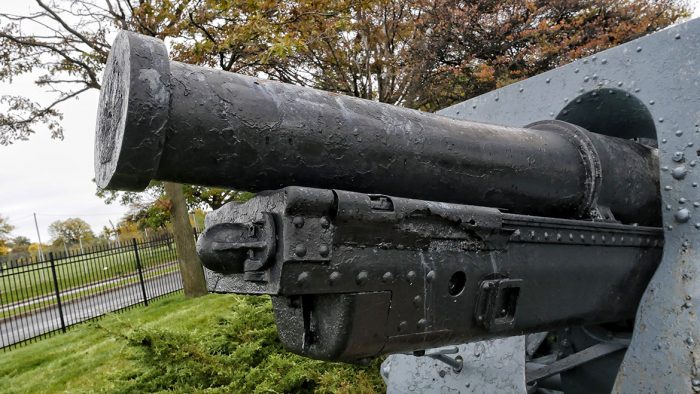
Considering the costs incurred by moving the Lynch Road assets 20 years prior, the fact that nobody in power seemed to know the mechanisms were at Rock Island ready to go, and the realization that thousands of tanks would need to be designed and built in short order, the Army agreed with Mr. Keller. And a major cog of the modern industrial military complex was born!
Next: John and Horace unwittingly build boats for war, Dodge invents more than machines and a secret WWI machine hidden at an undisclosed location.
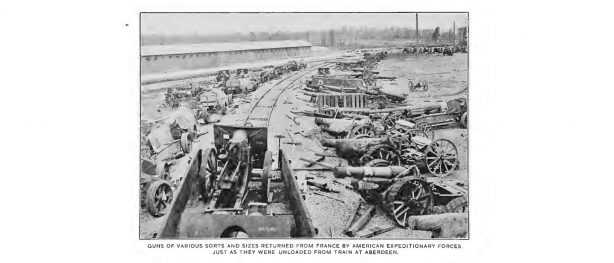
0 Comments